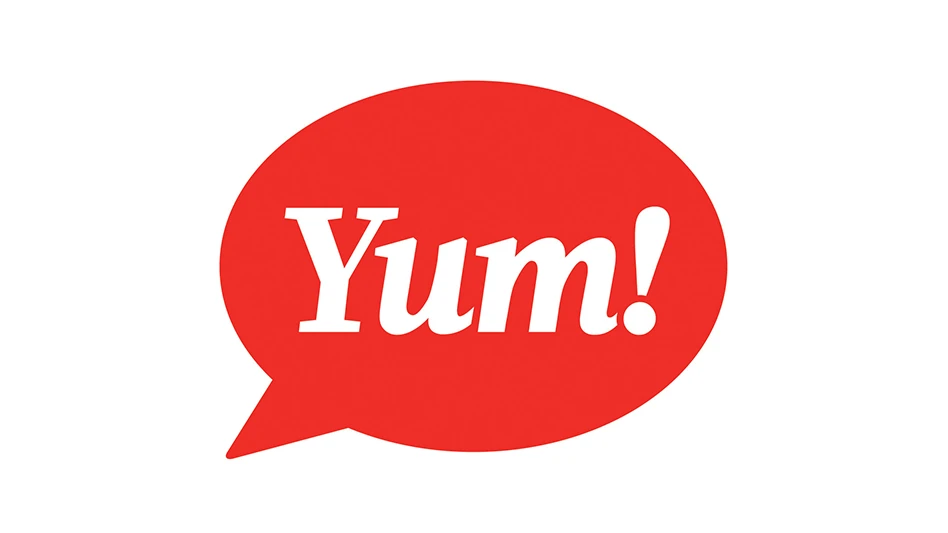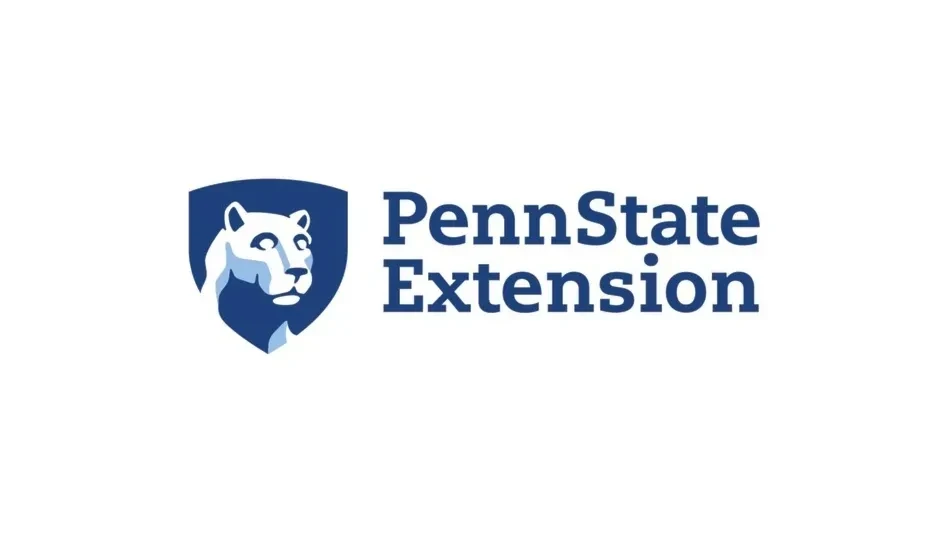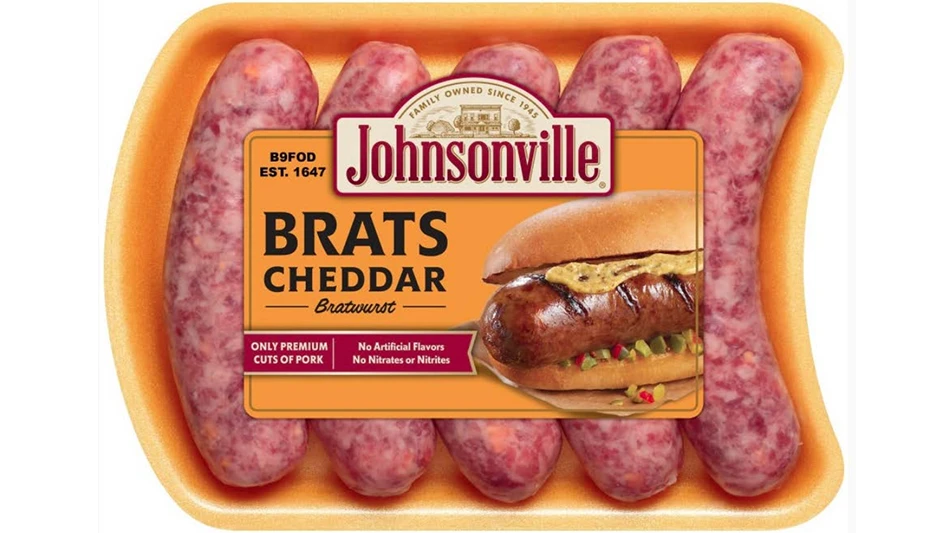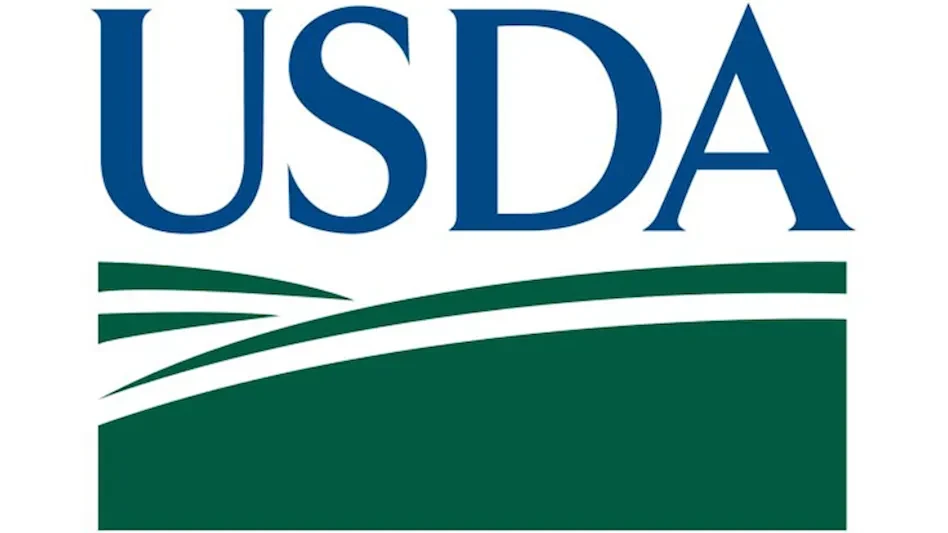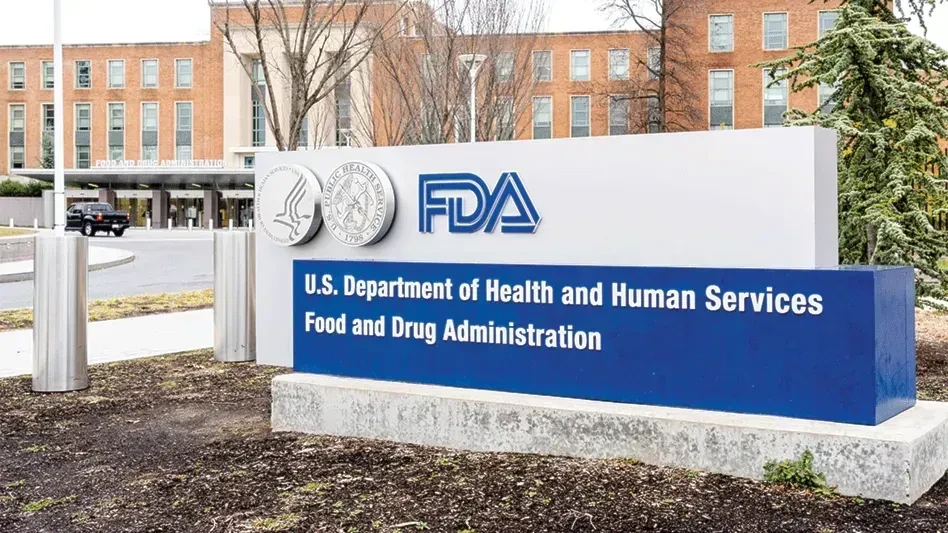
2024 was a tough year for food safety. Recalls and outbreaks hit hard, shaking consumer trust and leaving many people more cautious about the food they buy. We saw serious issues across the industry, from Salmonella in frozen fruits to Listeria in deli meats. This wasn’t just a spike in cases; it was a wake-up call. Media coverage amplified every story, with headlines making food safety a daily conversation in homes across the country.
Americans want to trust their food, but they also want transparency and accountability. For those of us in food safety, 2024 showed just how critical it is to get this right. It’s not enough to meet the minimum standards; we need to go beyond to truly rebuild and maintain consumer confidence.
IMPACT ON CONSUMER TRUST. This year, major names like McDonald’s, Boar’s Head, Trader Joe’s and several national retailers faced scrutiny as recalls and illnesses made headlines, sparking fresh concerns about food safety. McDonald’s dealt with a deadly, multi-state E. coli outbreak tied to contaminated raw onions used in its Quarter Pounders. Boar’s Head also found itself at the center of a deadly outbreak as Listeria was linked to its deli meats and cheeses, resulting in multiple hospitalizations and at least 10 fatalities, underscoring the risks associated with ready-to-eat foods. In a massive recall of nearly 12 million pounds of ready-to-eat chicken and turkey products, BrucePac pulled pre-cooked poultry items from major national retailers due to potential Listeria contamination. These products, sold in prepared meals like salads, rice and pasta bowls, were distributed nationwide.
These recalls and outbreaks have eroded consumer trust, as the sheer volume and variety of incidents this year reveal troubling gaps in food safety. Each outbreak serves as a stark reminder that vigilance must be a top priority for the food industry, especially when iconic brands that millions of people trust are involved. These incidents point to an urgent need for a more robust, proactive approach to contamination prevention — one that goes beyond isolating a single product or recall. Instead, it requires tackling the root causes embedded in our processes and supply chains. Consumers expect and deserve better, and it’s our responsibility to meet that expectation head-on.
THE ROLE OF MEDIA. Food safety isn’t just for industry insiders anymore — it’s become a mainstream conversation, with consumers actively participating as stakeholders. Platforms like IWasPoisoned.com, where people report foodborne illness experiences in real time, have turned crowd-sourced data into a powerful, consumer-driven oversight tool that companies and health officials alike monitor. Media coverage, especially through Netflix’s documentary “Poisoned: The Dirty Truth About Your Food,” has pushed food safety to the forefront. Social media has also amplified these issues; now, every recall or outbreak becomes a high-profile event, with consumers sharing stories, voicing concerns and demanding answers.
For those of us in food safety, this shift means we must approach consumers as informed and engaged stakeholders. First, we must be proactive and transparent when safety issues arise, acknowledging consumer input as part of our feedback loop. Second, we need to communicate quickly and clearly, reassuring consumers that we’re taking immediate, concrete steps to address and prevent food safety problems. The days of handling recalls quietly are over. Today, the entire food industry must be upfront, proactive and open, treating consumers as partners in maintaining high food safety standards.
DEMAND FOR TRANSPARENCY. In 2024, consumers showed they’re not passive buyers; they want to know where their food comes from and how it’s handled. Customers now expect to see the whole picture, from sourcing to production, and they don’t hesitate to ask tough questions.
Consumers need more than an apology when something goes wrong. They want to see action and assurance that companies are fixing the issue. They want to know about safety protocols, preventive measures and the steps companies are taking to keep them safe. We have to keep up with this demand for transparency if we want to restore and maintain trust.
REBUILDING TRUST. Rebuilding trust in food safety isn’t something we can take lightly. Earning back consumer confidence takes deliberate, consistent actions that show our commitment to safety, transparency and accountability. Here’s a simple roadmap to help rebuild trust:
- Proactive communication. Consumers want to know what we’re doing to protect them, not just when something goes wrong, but every day. Regular updates about food safety practices, improvements and preventive measures help them feel informed and reassured.
- Traceability and source information. Providing clear, accessible information about sourcing, handling and processing helps build trust by showing there’s nothing to hide.
- Real accountability. Mistakes happen, but how we respond is crucial. When issues arise, consumers expect transparency about what went wrong and what steps are being taken to fix it. By owning our errors and demonstrating what we’ve learned, we show consumers that we’re committed to constant improvement and, most importantly, to their safety.
FOOD SAFETY LEGACY. To see real improvement in food safety for 2025, we need a strategic, proactive approach that addresses vulnerabilities throughout the supply chain. Here are essential actions to get there:
- Strengthen preventive controls. Going beyond basic compliance means adopting proactive measures at each step of the supply chain. Frequent safety audits, third-party verifications and regular monitoring are essential. Identify and address potential risks early to prevent issues before they escalate.
- Invest in traceability. Advanced traceability tools, like blockchain or other tracking technologies, can drastically improve response times when contamination occurs. By providing a secure record of every step in the product journey, traceability lets us pinpoint sources of contamination quickly and issue targeted recalls, protecting consumers and brands alike.
- Foster a culture of safety. Building a food safety culture begins with leadership but should permeate through every role in the organization. Regular training for all team members, from executives to front-line staff, ensures everyone understands and follows best practices. Food safety isn’t just a checklist; it’s a shared responsibility that requires commitment and vigilance from everyone, every day. Leadership sets the standard, but it’s up to every employee to maintain it.
Each of these steps is about more than just compliance; it’s about embedding safety, accountability and trust into the fabric of our industry. With a strong foundation in preventive controls, traceability and safety culture, we can reduce recalls, protect consumers and set a new standard for food safety in 2025 and beyond.
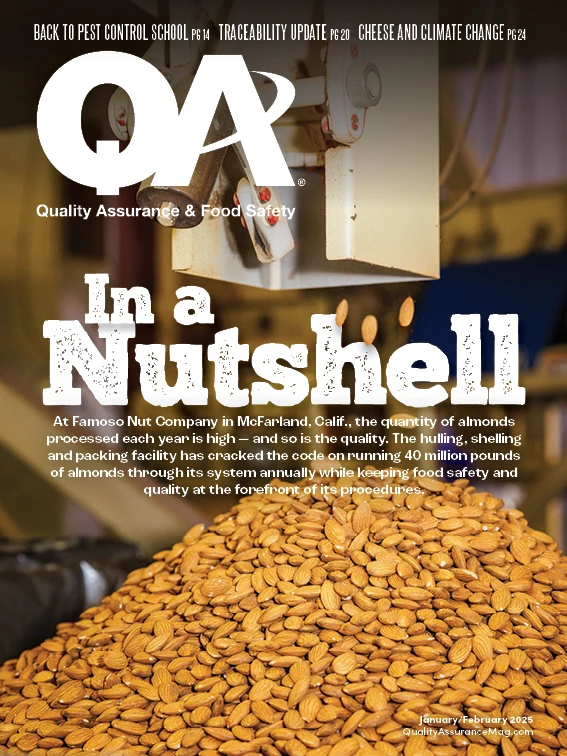
Explore the January/February 2025 Issue
Check out more from this issue and find your next story to read.
Latest from Quality Assurance & Food Safety
- Ferrero Group Invests $445 Million in Ontario Production Facility
- Nelson-Jameson Announces Grand Opening for Pennsylvania Distribution Center
- Taylor Farms Linked to Romaine E. coli Outbreak as Marler Clark Files Multiple Lawsuits Against Supplier
- IAFNS Announces Winners of Emerging Leader Awards for Food Safety, Nutrition
- FDA Shares Testing Results for PFAS in Bottled Water
- Provision Analytics Adds Food Safety Expert Jennifer Williams to Strategic Advisory Group
- Boston Sword & Tuna Protects Seafood Safety with Mettler-Toledo Metal Detectors
- IFT Releases New Resources to Aid Food and Beverage Industry in Sugar Reduction
